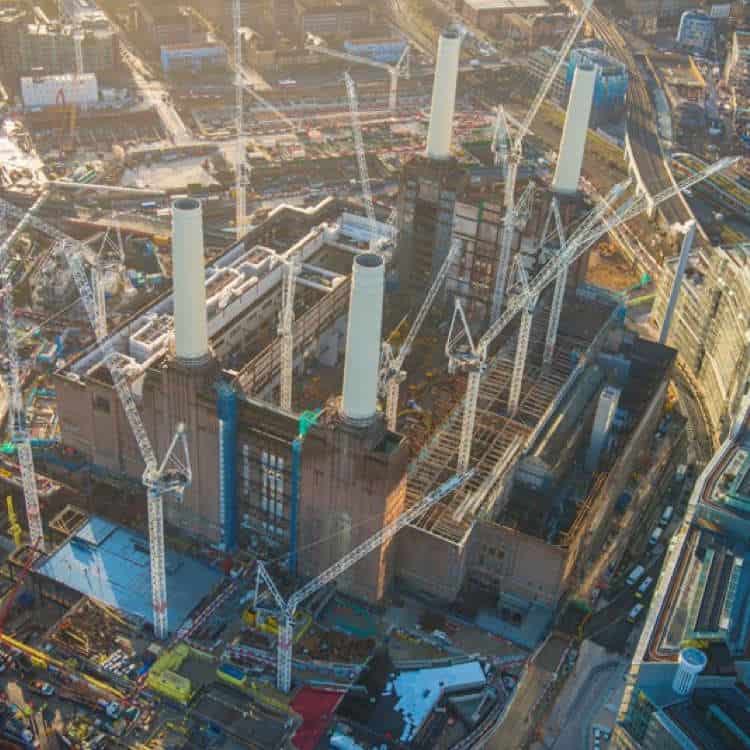From the 1930s to 1980s, Battersea Power Station was a working Power Station. At its peak, it was producing a fifth of London’s power, supplying electricity to some of London’s most recognisable landmarks, such as the Houses of Parliament and Buckingham Palace.
1929
Works begin on site. Sir Giles Gilbert Scott, one of the most prominent architects of the day, who was responsible for Britain’s red telephone boxes, joins the project. Original proposals were for the chimneys to be square rather than circular.

1935
The first stage of the Power Station, Battersea A, is completed. The top of the western pair of chimneys are 101m from the ground. The chimneys themselves are 50m each, while the wash towers they sit on are 51m.

1940
RAF pilots use the plumes of white vapour from the chimneys to guide them home in the mist. The Luftwaffe also used the plumes for navigation, which explains why the Power Station avoided extensive bombing.

1944
Battersea B, the second stage of the Power Station, starts to generate electricity. The station goes on to pioneer a gas washing process to reduce sulphur emissions, with excess generated heat ducted under the Thames in a district heating scheme for 1,600 homes in Pimlico.
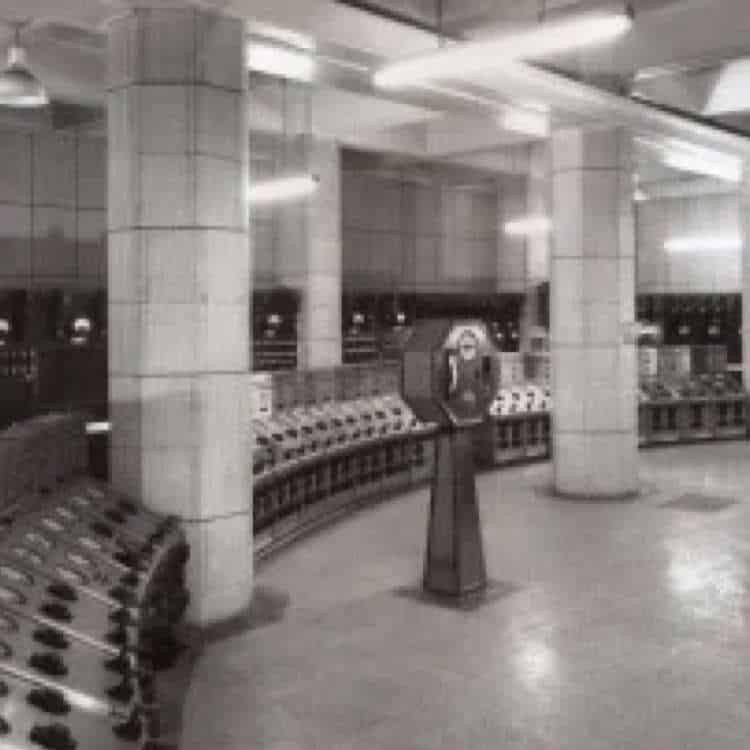
1955
The fourth chimney, and second stage of the Power Station is complete, with the Power Station at peak capacity. The space within the main Boiler House is so vast that it would be possible to fit St. Pauls Cathedral within the space.
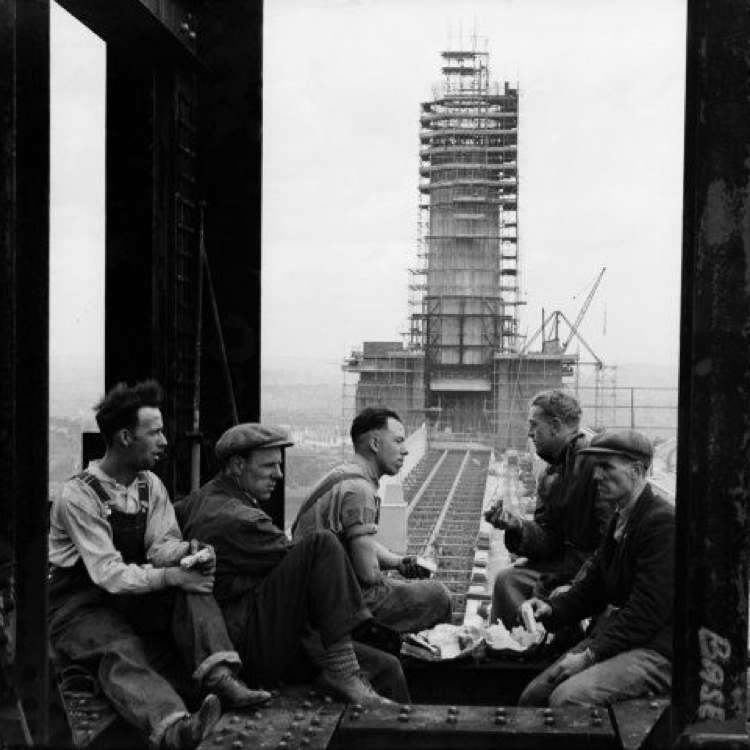
1964
On 20 April, an electrical failure at Battersea Power Station caused power failures throughout London, including at the BBC Television centre, which was due to launch BBC Two that night. The launch was delayed to 11am the following day.

1977
An inflatable pink pig floating between the two southern chimneys appears on the front cover of Pink Floyd’s album, Animals. The inflatable pig was tethered to one of the southern chimneys but lost its moorings and rose to the flight path of Heathrow Airport. Police helicopters tracked its course until it finally landed off the coast of Kent.
Album artwork, Animals, 1977. Design by Roger Waters. Graphics by Nick Mason. Production and art direction by Storm Thorgerson / Aubrey Powell at Hipgnosis
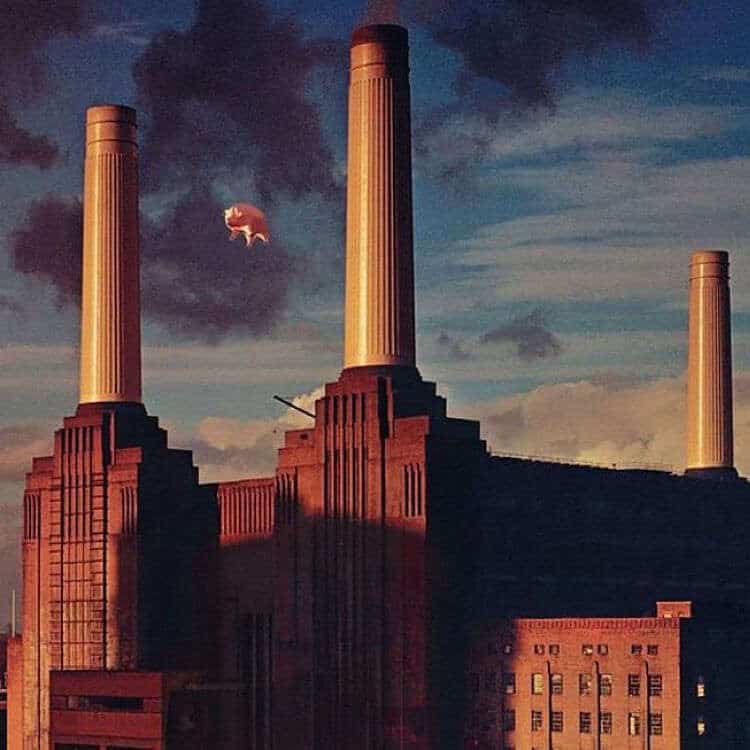
1980
The Power Station is awarded Grade II listed status. Awarded by Historic England, listed buildings mark and celebrate the building’s special architectural and historic interest. They’re also brought under the consideration of the planning system, so they can be protected for future generations.
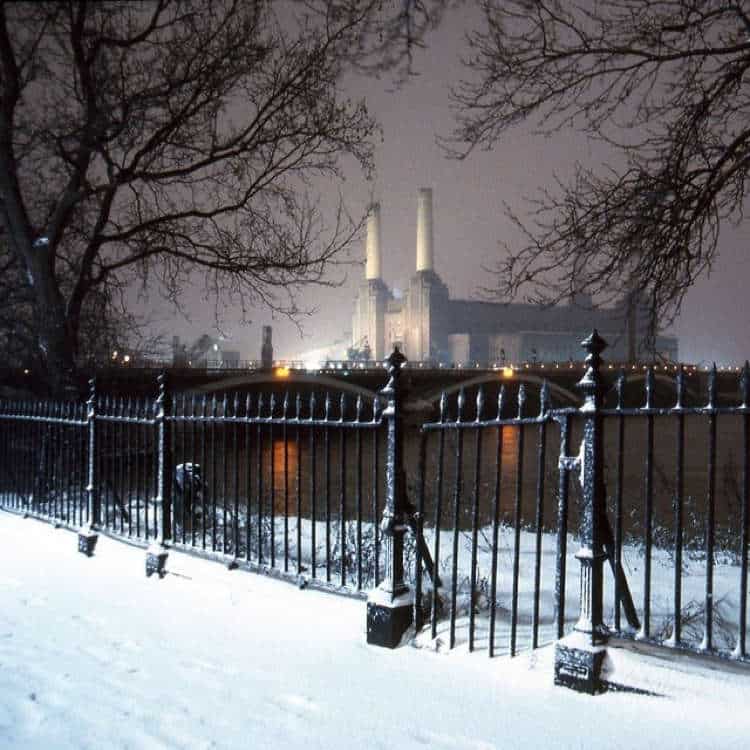
1983
The Power Station closes and ceases to generate electricity. It goes on to be purchased in 1987 by Battersea Leisure (theme park scheme) and again in 1993 by Parkview.

2007
The Power Station is upgraded to Grade II* listed status. Less than 6% of listed buildings fall into this category as particularly important buildings of more than special interest.

2012
The Power Station is purchased by the current shareholders, SP Setia, Sime Darby Property and the Employers Provident Fund, bringing an end to decades of disuse. Works begin the following year to redevelop the 42-acre site surrounding the Power Station to create a new community of homes, shops, cafes, restaurants, cultural venues and open space for London.
